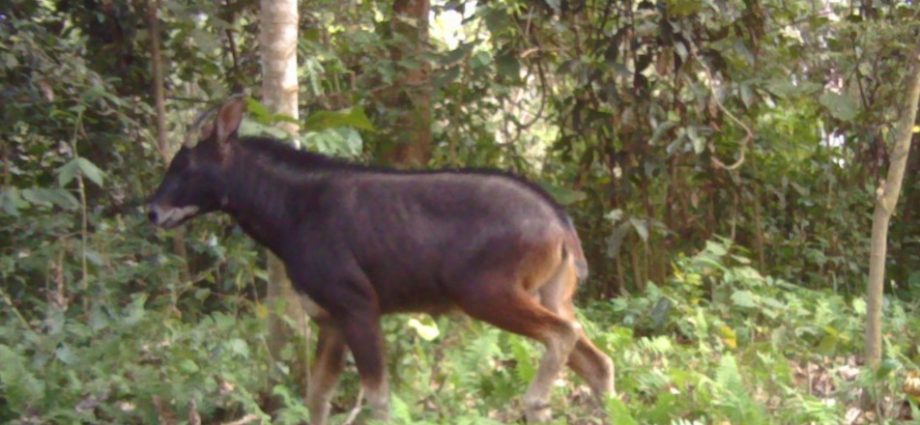Guwahati: Assam Forest Department and conservationists have recorded the first photographic evidence of the Mainland Serow in the newly declared Raimona National Park of Assam. It is a vulnerable mammal species notified by the International Union for Conservation of Nature.
Aaranyak and Assam Forest Department captured the photographic evidence of Mainland Serow in two independent events near the Ganda Bajrum Anti-poaching camp. And it is located in the western range of Raimona National Park, using digital camera traps.
The finding is published as a scientific paper in the Journal of Threatened Taxa. “The discovery of Mainland Serow in Raimona National Park is good news for biodiversity conservation aspects, and we are thrilled by the finding. Our goal is to conserve this species and other wildlife extensively in the national park”, said Bhanu Sinha AFS, DFO of Kachugaon Forest Division.
Mainland Serow habitats in the region
The Mainland Serow population is widely distributed in the neighbouring Phibsoo Wildlife Sanctuary and the Royal Manas National Park of Bhutan, which may contribute to Raimona National Park’s population recovery. The Assam government declared the area a national park on 8 June 2021.
“The Mainland Serow (Capricornis sumatraensis thar) is present across various habitats extending from the Himalayas on the Indian subcontinent to southern China, mainland southeastern Asia, and Sumatra. The species’ populations are fragmented, isolated, and rapidly declining due to poaching, habitat destruction, and habitat loss. The lack of reliable data on this species’ abundance and distribution makes it difficult to implement effective conservation actions to ensure long-term survival”, Says Dr Dipankar Lahkar, a senior conservationist in Aaranyak.
Occasional poaching for bushmeat and habitat alteration due to logging are the primary conservation concerns of the Raimona National Park. With the government now protecting the park, future conservation efforts should consider securing and recovering the species’ population and restoration of the degraded habitats.

